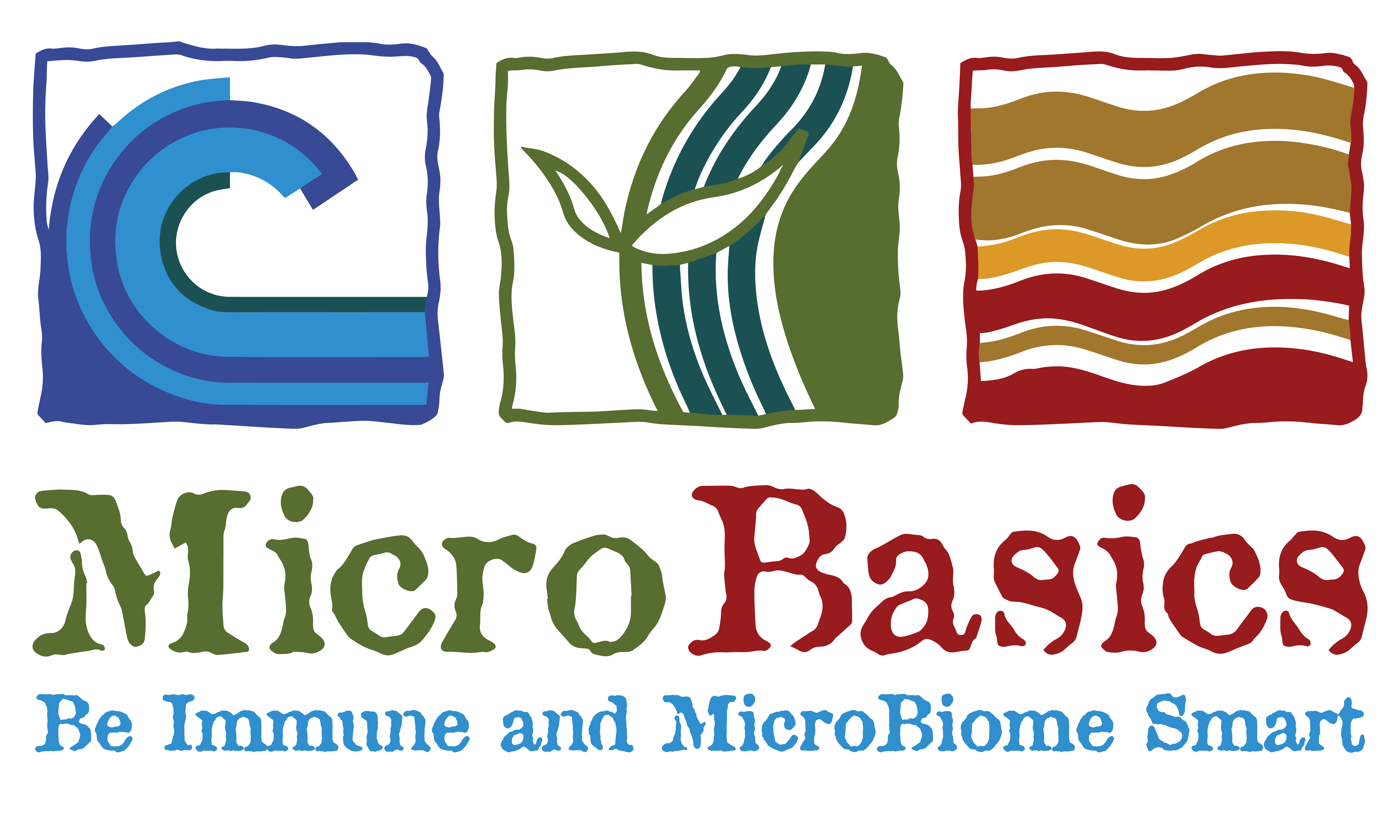As we celebrate Earth Day, it’s crucial to reflect on the interconnectedness of all life on our planet. At MicroBasics, we understand that the well-being of animals and the health of our environment go hand in hand. That’s why we’re committed to providing sustainable solutions for animal health while minimizing our ecological footprint.
In the world of agriculture, sustainability isn’t just a buzzword – it’s a necessity. As populations grow and resources become scarcer, it’s imperative that we find ways to produce food that are both environmentally friendly and economically viable. That’s where our approach comes in.
From dairy cows to poultry and aquaculture, our range of products is designed with both the health of the animals and the planet in mind. We believe in harnessing the power of nature to promote animal well-being, which is why our products come to you with the finest natural solutions that nature has to offer. We are committed to identifying solutions from nature and providing the most advanced natural products on the market. It is quite simple, nature knows best. Every product has a purpose. Every ingredient solves a problem. By utilizing natural solutions, we can minimize the use of antibiotics, reducing the environmental impact of animal agriculture.
One of the key ways in which we contribute to sustainability is through the promotion of animal health and welfare. Healthy animals are more efficient producers, requiring fewer resources to thrive. By providing products that support the immune system, digestive health, and overall well-being of livestock, we help farmers optimize their operations while reducing the environmental footprint of animal agriculture.
Furthermore, healthy animals lead to higher quality food products for consumers. By ensuring that our products meet the highest standards of safety and quality, we’re not just benefiting the planet – we’re also promoting human health and well-being.
As we look to the future, the need for sustainable solutions in animal agriculture will only continue to grow. By prioritizing sustainability and the use of natural products, we can create a more resilient food system that benefits both people and the planet. This Earth Day, let’s recommit ourselves to nurturing animals and nurturing our planet for generations to come.
At MicroBasics we’re proud to be a part of this important mission. Together, we can make a difference – for the animals, for the environment, and for the future of our planet. Happy Earth Day!

